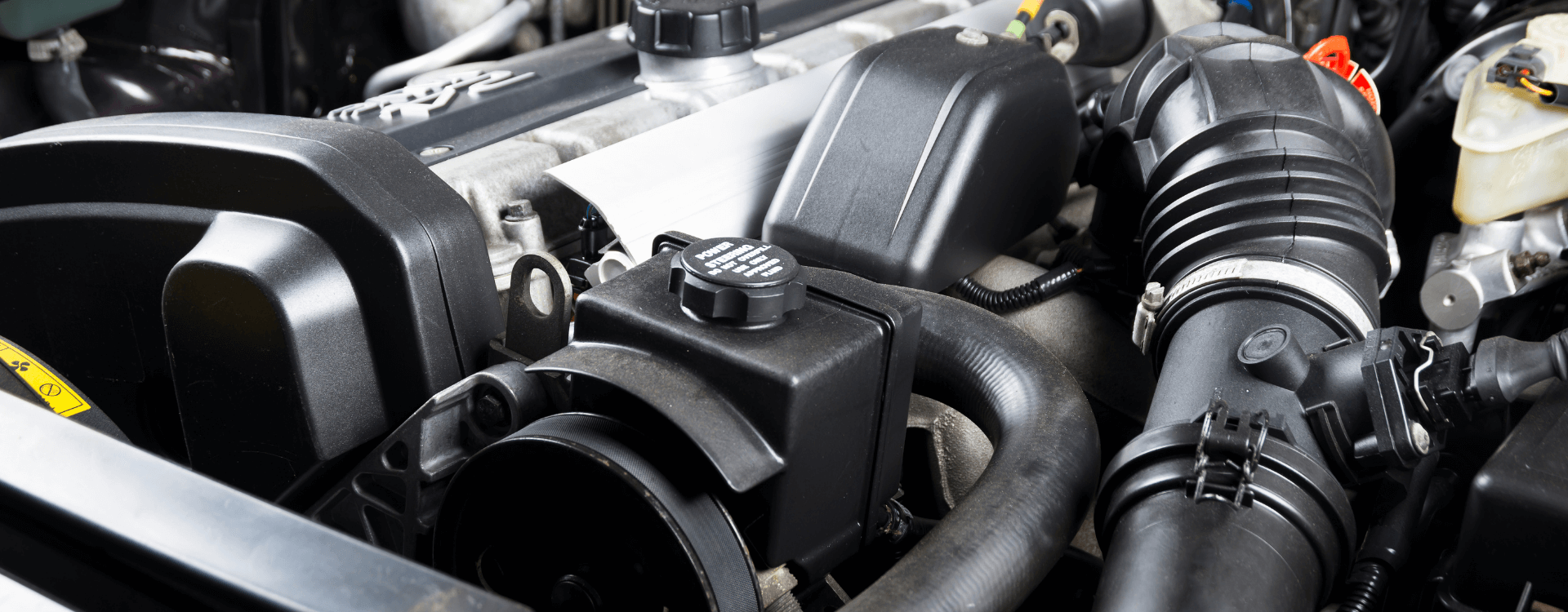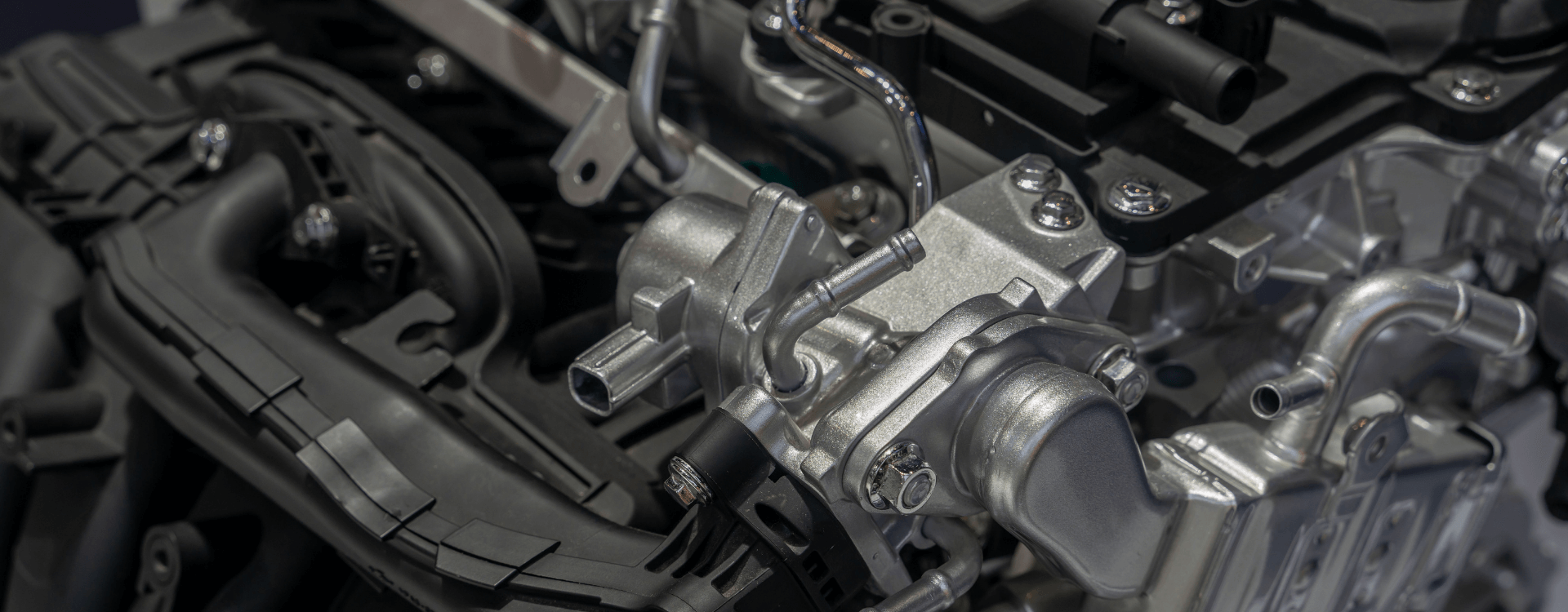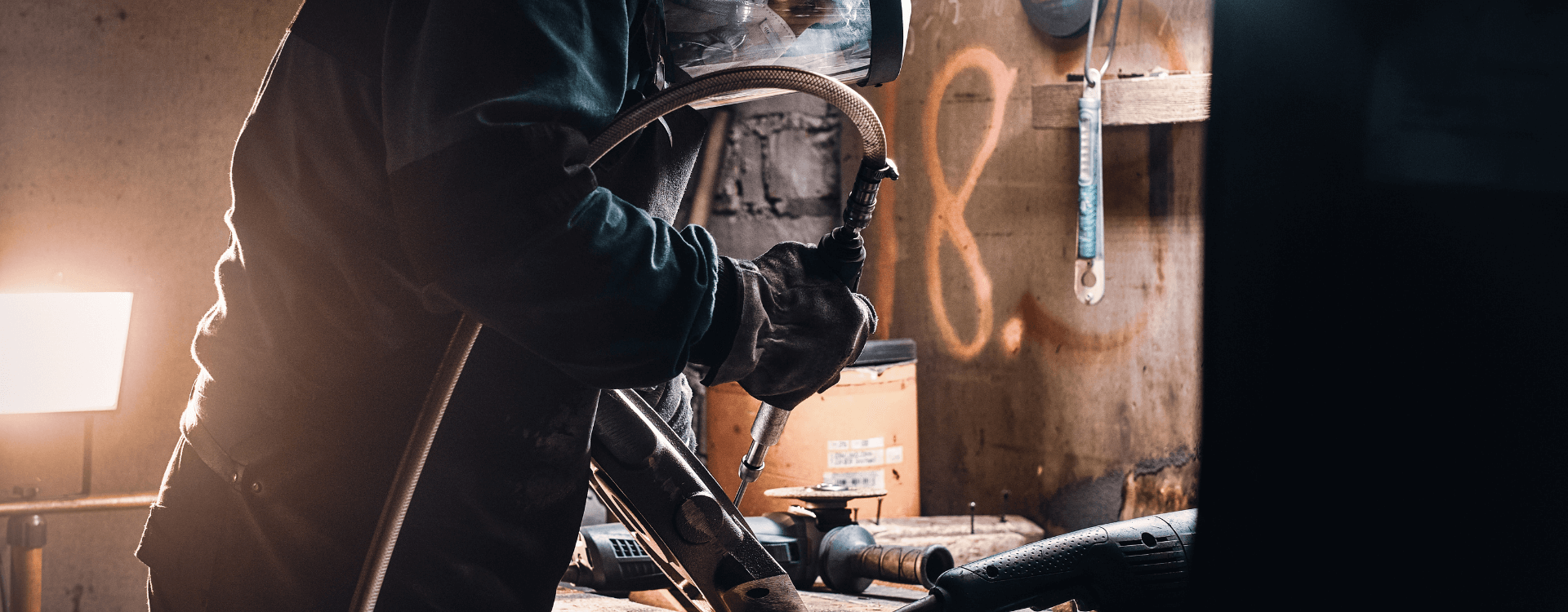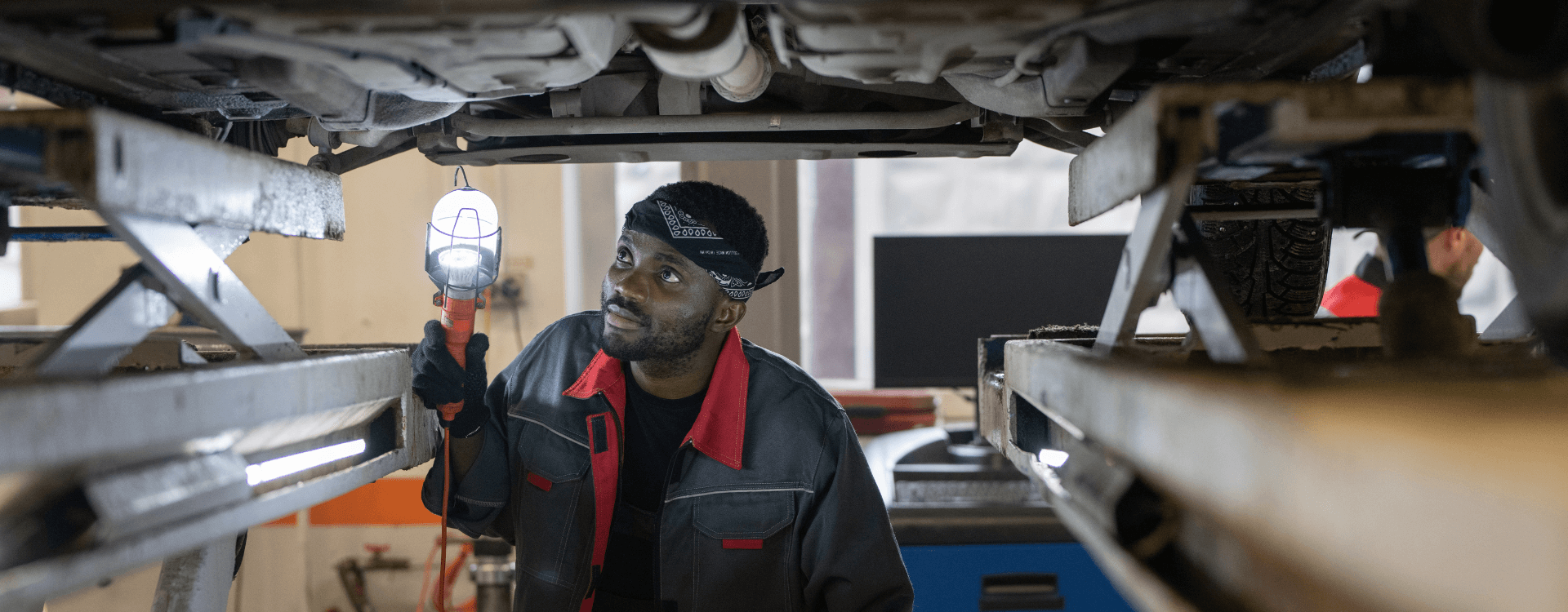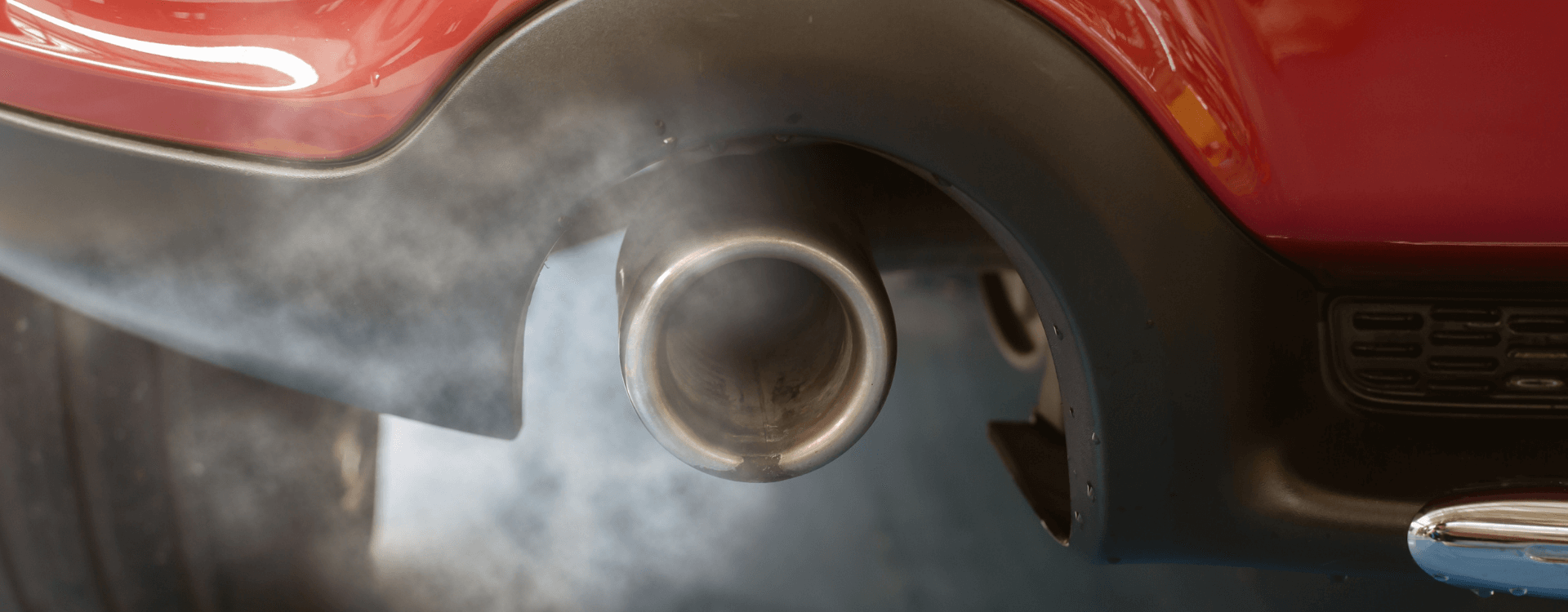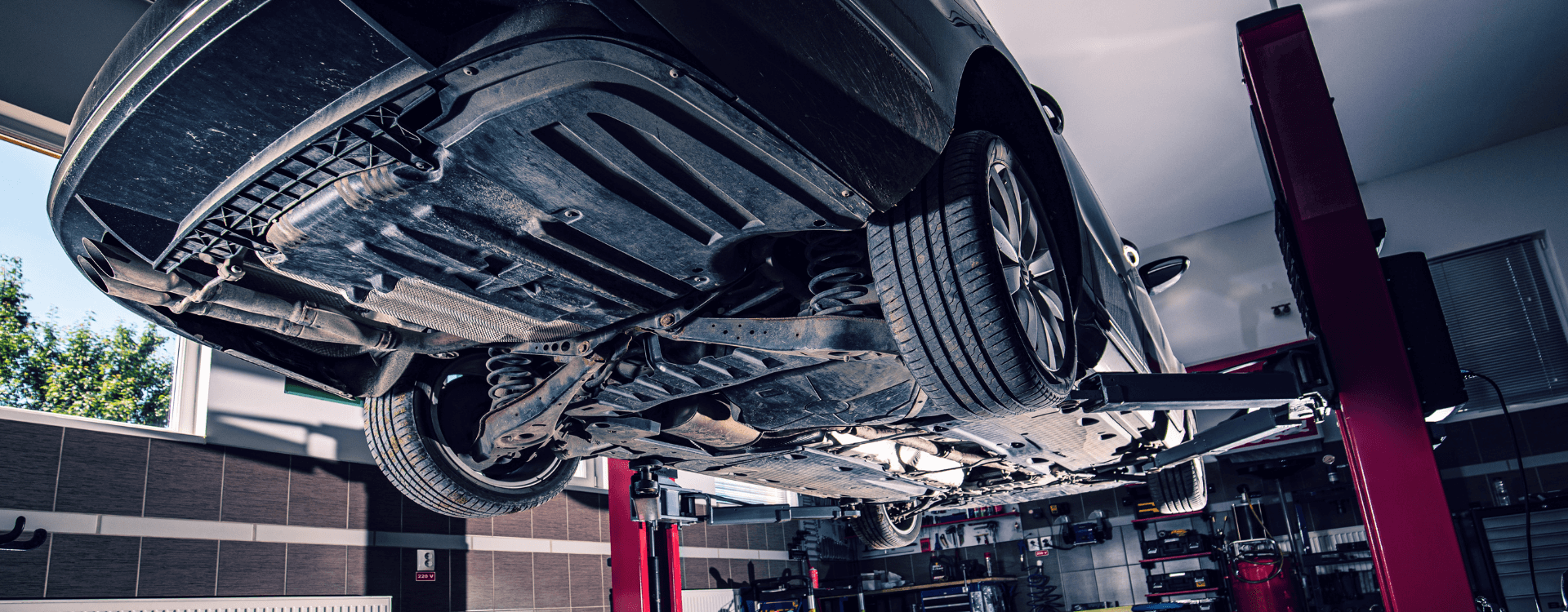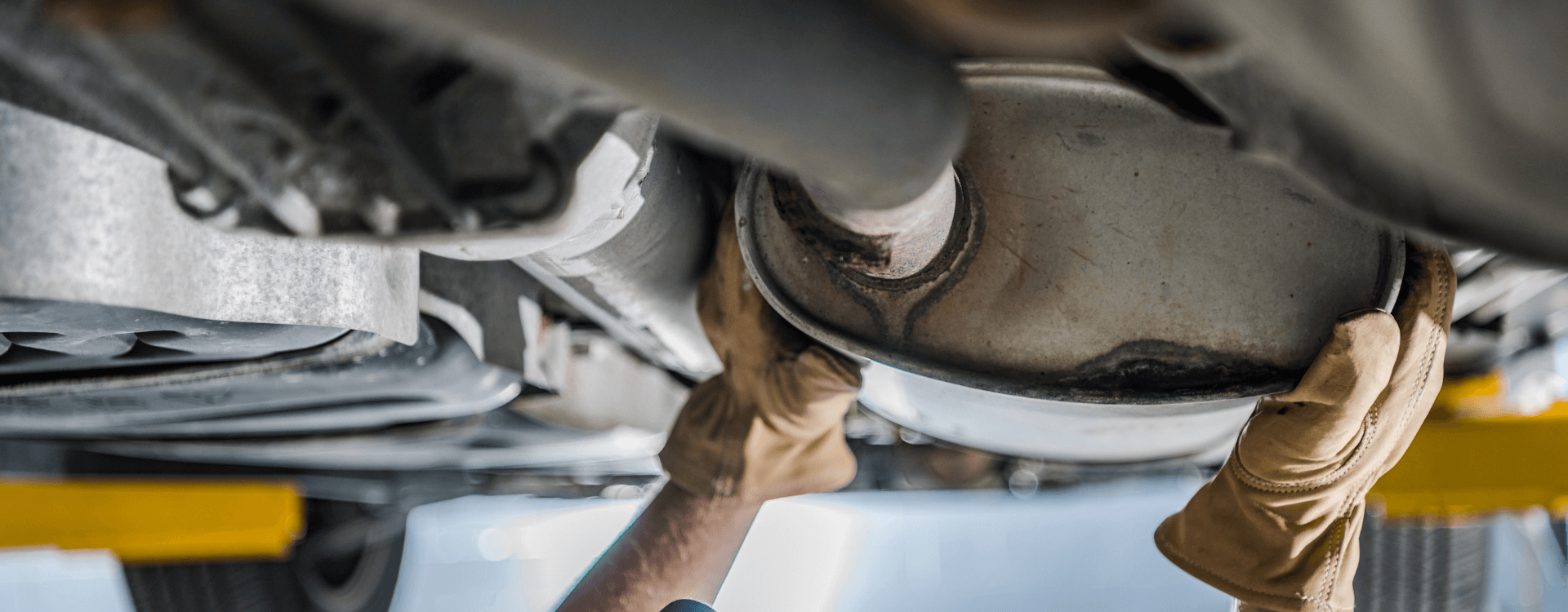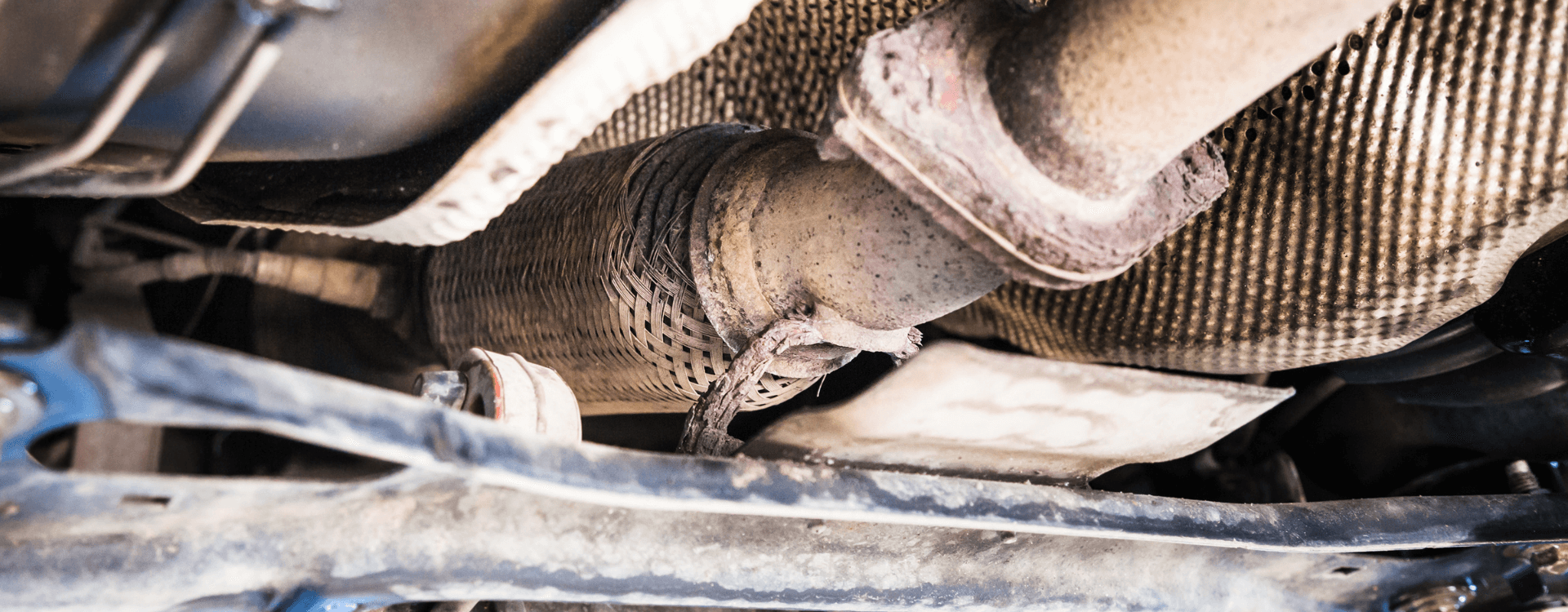
Everything you need to know about exhaust silencers : Functioning, replacement, how much does it cost ?
If you look at the back of a combustion car, you'll probably notice one or more exhaust outlets. Unsurprisingly, these are connected to the engine, as they allow gases to be extracted from it. But don't think of it as just a steel pipe ! The exhaust line includes various important components, such as the catalyst, possibly the diesel particulate filter, but also one or more silencers. By the way, have you ever wondered what an exhaust silencer is for ? That's what I'm going to tell you here !
What is an exhaust silencer ?
An exhaust silencer, it looks like a steel cylinder, with an inlet and an outlet. The principle is that the exhaust gases enter the muffler and are routed through various baffles to reduce low frequencies. For higher frequencies, a sound trap is usually integrated, with insulating materials such as glass wool or basalt. This results in an attenuated sound. On some cars, the use of multiple exhausts helps to maintain a more muffled and standard-compliant sound. Indeed, in some prestige cars, such as Rolls-Royce, the silencers are so good that they can almost completely absorb the sound of a 12-cylinder engine.
Symptoms of a faulty or out-of-order muffler
There are several signs that can indicate wear and tear on a muffler. Here is a non-exhaustive list:
- Abnormal fuel consumption;
- Different noise on acceleration;
- Metal noise at floor level;
- Hole in muffler.
Repairing or replacing an exhaust muffler ?
When symptoms of wear and tear appear, it is important to act. Indeed, a leak in the exhaust line or poor gas evacuation can be harmful for the engine, as well as leading to a potential counter-inspection at the next technical inspection.
The exhaust silencer is usually made of steel, which can lead to the appearance of rust. This is usually superficial before sometimes becoming perforating. If the alteration is slight, it is sometimes possible to re-weld a steel plate in order to restore a good seal. However, this involves dismantling the silencer and then welding it back on, before reassembling it. This is not an easily accessible operation. But above all, it is often more economical and interesting to buy a new silencer.
Over the years, the muffler can wear out and become less efficient. There is no real replacement frequency. It depends primarily on the use of your car, the weather and your driving. In the mountains, when the roads are regularly salted, the steel can be damaged more quickly.
Sometimes it's the muffler fasteners that give way... In this case, metallic noises can be heard. If this is the case, it is better to systematically replace the silencer in order to find a solid base. Remember to check the condition of the exhaust hose (braid). If this part is worn, deformation will be more complicated and more likely to damage various parts of the exhaust system.
Tutorial for changing your own muffler
Let's recap the major steps to follow to replace the rear muffler on your car. Depending on the car model, there may be specifics. Note that it is essential to perform this operation cold. Steel being conductive, intervening on a hot exhaust line will guarantee a severe burn.
- Raise the car and secure it with candles;
- Generously apply WD40 type degreaser to the muffler fasteners;
- Take it down using keys. Use a hammer if needed for the silent blocks;
- Check that the new muffler has similar fixings to the old one;
- Apply graphite grease to the muffler to line coupling area;
- Insert new seal, new silent blocks;
- Position and attach the exhaust line. Make sure that the parts are not stressed.
How to clean a muffler
Over time, the muffler can lose its luster. If it is not possible to intervene on the inside, it is nevertheless possible to restore the outside. There are several schools of thought for this. White vinegar may be suitable. Applied with a rag, it can remove superficial dirt. However, it is generally ineffective for heavy soiling.
You can also use cola. The acidity will usually remove various deposits, including tar. Ideally, you should immerse the muffler in the soda for a few hours so that the liquid does its job. Be sure to hide the muffler inlets and outlets...
It is also possible to use iron straw and soap. This allows you to act locally. It is very effective, but relatively time consuming as it is done by hand.
You want a flawless result... Or almost ? Trim with a polish. But don't be too demanding. The muffler is very exposed to stone chips. Surface wear is therefore normal and it is very difficult to renovate this device perfectly.
Can we remove the exhaust silencer ?
Technically, yes ! There are tubes that allow the engine to breathe better and therefore accentuate the noise. However, the Highway Code specifies, in its article R318-E that it is forbidden to remove or reduce the efficiency of the exhaust silencer. The motorist is liable to a fourth class fine (£135) and possibly to immobilisation. It should be noted that there are stainless steel silencers that can be approved and are more durable. It is therefore preferable to use this solution rather than simply removing a silencer.
How do you choose the right muffler ? How much does it cost ?
On the market, there are a multitude of silencers. At the entry level, you can find very basic steel silencers that are generally of fairly average quality. Subject to rust, they can be found from £30. However, it is recommended to choose better quality silencers. If the appearance is similar, the welding points are generally better done. You should expect to pay around £80 for a medium-quality rear silencer. If your budget allows it, stainless steel silencers have the advantage of a much longer life, count £150 for a well-made model.
Image sources:
Karolina Osinska / Author: Vvoennyy / Licence ID: EMWZRV8TSU - elements.envato.com

